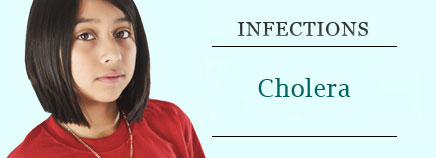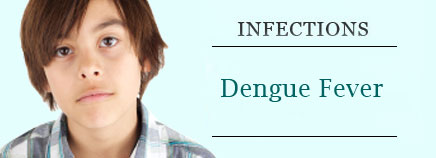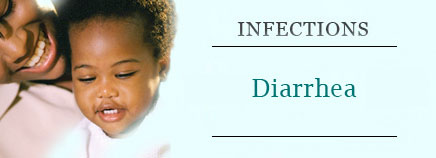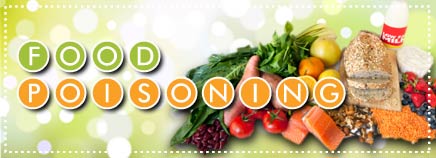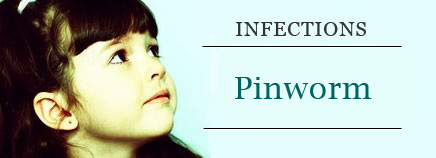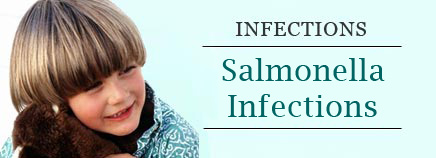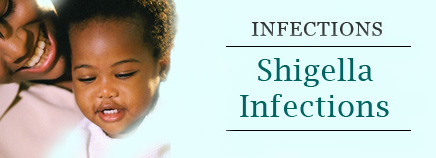Cholera is a serious and sometimes life-threatening infection that mainly affects people in developing countries, where clean water and other sanitation measures are hard to come by. If you live in the United States, the chances of someone in your family getting cholera are slim. But if you’re planning to …
Dengue Fever
Dengue fever is a tropical disease caused by a virus carried by mosquitoes. The virus can cause fever, headaches, rashes, and pain throughout the body. Most cases of dengue fever are mild and go away on their own after about a week. Dengue fever rarely strikes in the United States …
Diarrhea
Most kids battle diarrhea — frequent, runny bowel movements (poop) — from time to time. The good news is that it usually doesn’t last long and is more annoying than dangerous. Still, it’s important to know how to relieve and even prevent diarrhea. What Causes Diarrhea? Diarrhea is usually brought …
Food Poisoning
Food poisoning can really throw you for a loop. After eating germ-infected food, a person can develop sudden and severe symptoms like vomiting and diarrhea. Medical treatment is usually not needed, but home care is important. If your child develops food poisoning, make sure he or she drinks plenty of …
Giardiasis
Giardiasis, an illness that affects the digestive tract (stomach and intestines), is caused by a microscopic parasite called Giardia lamblia. The parasite attaches itself to the lining of the small intestines in humans, where it interferes with the body’s absorption of fats and carbohydrates from digested foods. Giardia is one of …
Helicobacter pylori
Helicobacter pylori (H. pylori) bacteria are a common cause of digestive illnesses, including gastritis (the irritation and inflammation of the stomach lining), peptic ulcers (sores in the lining of the stomach, small intestine, or esophagus), and even stomach cancer later in life. These bacteria are found worldwide, but especially in developing countries, …
Pinworm
Pinworm is an intestinal infection caused by tiny parasitic worms. One of the most common roundworm infections, pinworm infections affect millions of people each year, particularly school-age kids. If your child develops a pinworm infection, try not to worry. Pinworms don’t cause any harm (just itching), and it won’t take …
Rotavirus
About Rotavirus Almost all kids have had a rotavirus infection by the time they’re 5 years old. Rotavirus is one of the most common causes of diarrhea, and severe infection (rotavirus gastroenteritis) is the leading cause of severe, dehydrating diarrhea in infants and young children. In the U.S., rotavirus infections …
Salmonella Infections
Salmonellosis is a foodborne illness caused by infection with Salmonella bacteria. Most infections are spread to people through consumption of contaminated food (usually meat, poultry, eggs, or milk). Salmonella infections affect the intestines and cause vomiting, fever, and cramping, which usually clear up without medical treatment. You can help prevent Salmonella infections by …
Shigella Infections
About Shigella Shigella are bacteria that can infect the digestive tract and cause a wide range of symptoms, from diarrhea, cramping, vomiting, and nausea, to more serious complications and illnesses. Infections, called shigellosis, sometimes go away on their own; while other times, antibiotics can shorten the course of the illness. …

